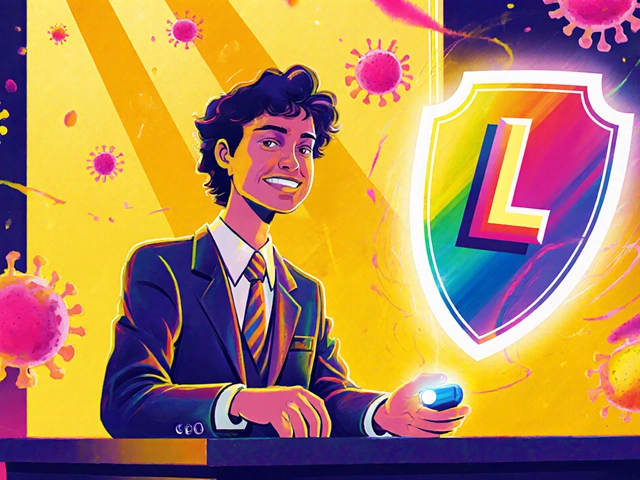Statin Muscle Pain: What It Is, Why It Happens, and What to Do
When you take a statin, a class of drugs used to lower cholesterol and reduce heart attack risk. Also known as HMG-CoA reductase inhibitors, these medications save lives—but for some, they cause statin muscle pain, unexplained aches, weakness, or cramps that start after beginning treatment. This isn’t just "feeling sore"—it’s a real, measurable issue that affects up to 1 in 10 people on statins, and it’s the top reason people stop taking them.
Not everyone gets it, and not all muscle pain is caused by statins. But if you started a statin and soon after noticed new discomfort in your shoulders, thighs, or calves—especially if it gets worse with movement—it could be statin myopathy, a muscle disorder triggered by statin use. In rare cases, it can lead to rhabdomyolysis, a serious condition where muscle tissue breaks down. The good news? Many people can stay on statins with the right adjustments. Genetic testing for the SLCO1B1 gene, a marker that shows how your body processes certain statins can tell your doctor if you’re at higher risk. If you carry a risky variant, switching from simvastatin to pravastatin or rosuvastatin often eliminates the pain without losing heart protection.
It’s not just genetics. Age, kidney function, thyroid health, and even other meds you take can make muscle pain worse. Mixing statins with certain antibiotics, antifungals, or even grapefruit juice raises the risk. And if you’re active—especially if you lift weights or run regularly—you might notice symptoms more clearly. The key is to not ignore it, but also not panic. Talk to your doctor before stopping. They can check your CK levels, review your meds, and test for other causes like vitamin D deficiency or thyroid issues. Sometimes, a lower dose, a different statin, or taking it every other day works just fine. For others, non-statin options like ezetimibe or PCSK9 inhibitors offer cholesterol control without the ache.
You’re not alone in this. Thousands of people face this exact dilemma every year. The goal isn’t to avoid statins—it’s to find the version that works for your body. Below, you’ll find real stories, science-backed solutions, and practical steps to manage or eliminate statin muscle pain without sacrificing your heart health.
Exercise and Statins: What You Need to Know About Muscle Pain and Recovery
Statins help prevent heart disease, but muscle pain can make exercise feel impossible. Learn how to stay active safely with statins, which types are safest, and what workouts to avoid.






